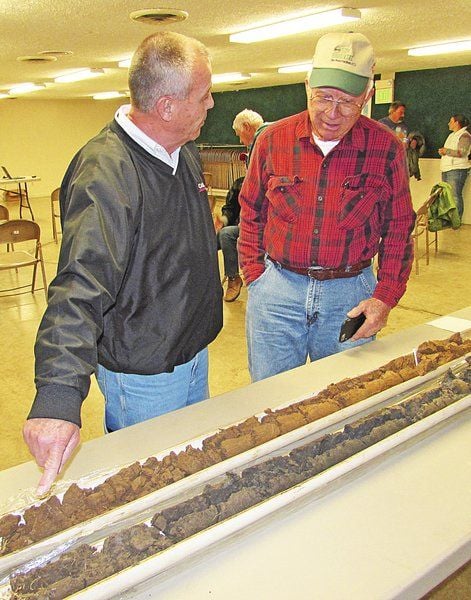 The experts said it back in 1998, that no-till and cover crops were a winning combination for corn and soybean growers. Ten years later, a series of videos were done to introduce the idea and bring basic understanding of the what and how of cover crops. Back in 2005, the idea that a cover crop could sink winter roots down to 50 inches or more was revolutionary in the ag industry. Today, the practice is becoming widespread in the Midwest. The videos stand up to the test of time, and continue to be a solid source of information.
The experts said it back in 1998, that no-till and cover crops were a winning combination for corn and soybean growers. Ten years later, a series of videos were done to introduce the idea and bring basic understanding of the what and how of cover crops. Back in 2005, the idea that a cover crop could sink winter roots down to 50 inches or more was revolutionary in the ag industry. Today, the practice is becoming widespread in the Midwest. The videos stand up to the test of time, and continue to be a solid source of information.
In the first video segment, you can get a glimpse of the main characteristics of annual ryegrass, and a couple of its major benefits.
Root depth: “Better than a deep ripper, in terms of its ability to break up compaction,” said Dan Towery, of Ag Conservation Solutions, an Indiana consultant on soil health.”Far deeper than other cover crops,” said Mike Plumer a former university agronomist and pioneer in cover crop development in the Midwest.
Nitrogen scavenger: those who use livestock manure in the field benefit by having the nutrient stay in the field.
“Annual ryegrass is a great nitrogen scavenger,” said another cover crop pioneer in Indiana, Dan DeSutter, …keeping it in the field instead of sending it down the tile lines in the spring with runoff.”
If the videos are of some interest, perhaps you would also like more information about the science and the management of annual ryegrass. If so, click here for a free brochure. Or, click here for a library of information on the annual ryegrass website.







